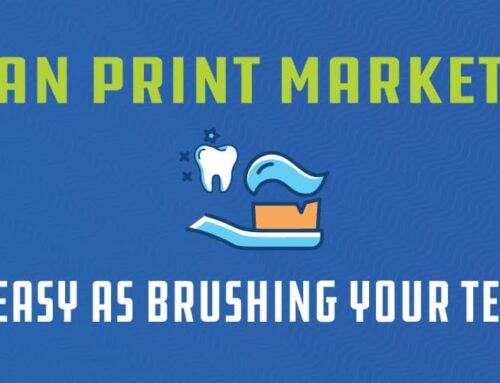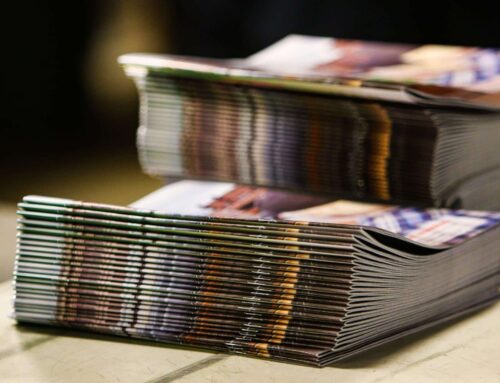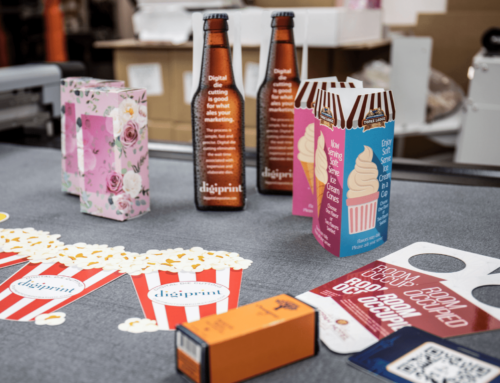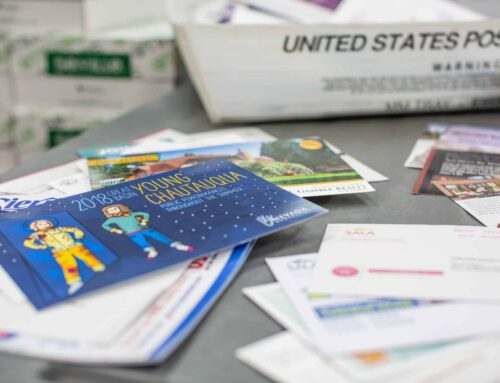Print materials have always played a large role in successful marketing strategies – even in an increasingly digitalized world. One of the most critical factors in using print marketing is choosing the right type of binding.
In a nutshell, binding is how you fasten your marketing materials together. But it does a lot more than just that.
Professional binding can be instrumental in making your marketing material stand out. A sleek, well-bounded booklet instantly grabs attention in an overflowing mailbox. In this post, we want to discuss the common types of binding and how it contributes to your project.
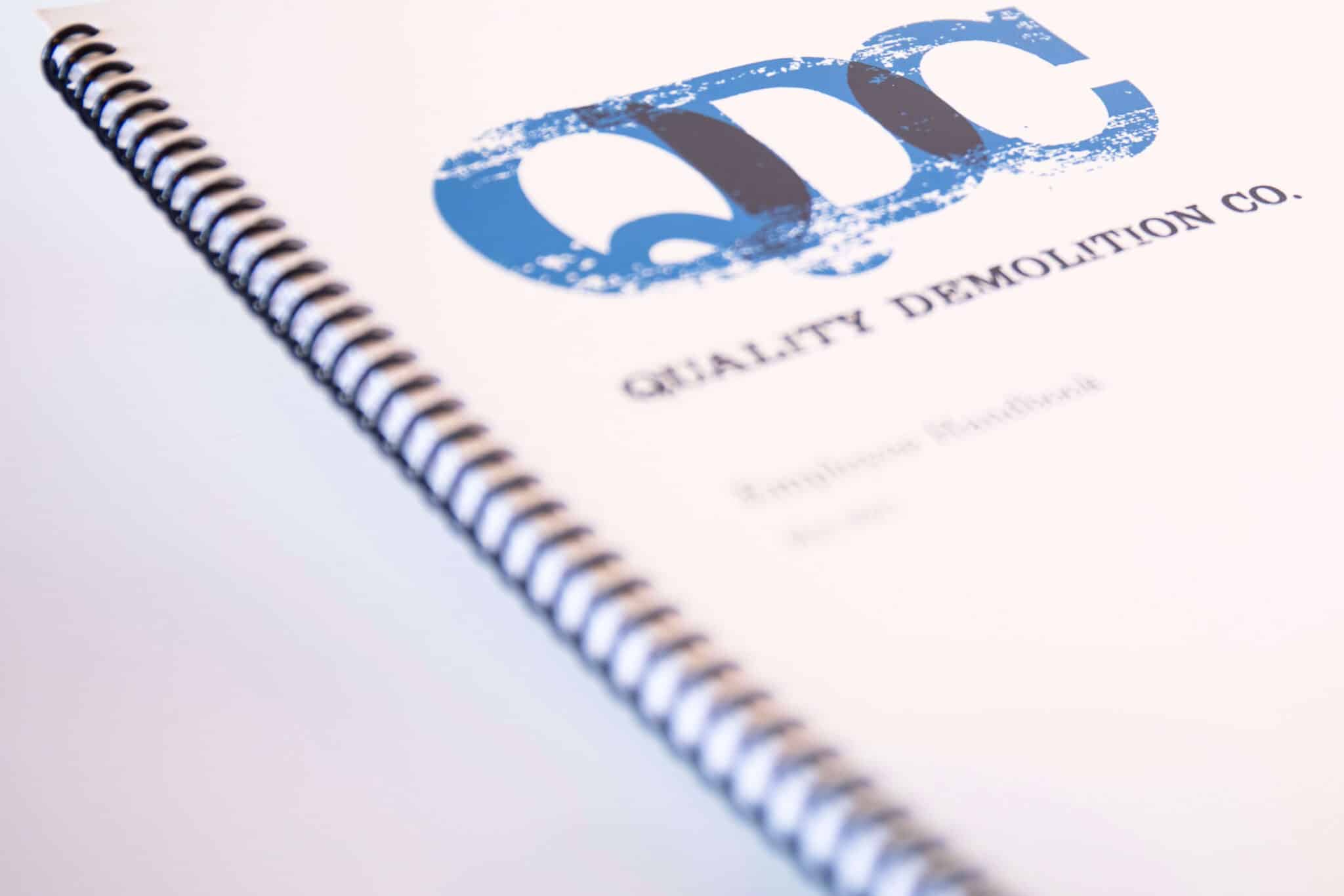
Table of Content
Why is Binding So Important in Print Marketing?
Understanding the Most Common Types of Binding for Printed Marketing Materials
How to Choose the Right Type of Binding
Compatibility with Printing Methods:
Always Go with Professional Binding Services
Why is Binding So Important in Print Marketing?
Document printing and binding go hand in hand. The printing process begins with artwork. After reviewing the design, experts choose a suitable printing method to create the material. The binding process starts when the individual pages of your marketing material are ready.
Usually, the binding process involves:
- Stitching
- Gluing
- Stapling
- Punching holes
- Connecting pages with wire or plastic
Let’s dive into this further.
Understanding the Most Common Types of Binding for Printed Marketing Materials
When choosing the right binding type, you will have options like perfect bound vs spiral bound or saddle stitch vs comb binding. Each type of binding comes with unique features and limitations. Knowing these pros and cons can help you make an informed decision. We recommend choosing a binding method that best complements your brand, marketing goals, and of course, your budget.
For most marketing projects, you can choose from one of the following methods:
Spiral Binding
Similar to wire binding and plastic coil binding, spiral binding features a coil that threads through holes along the document’s edge. It’s generally seen as the simplest type of binding. Although highly flexible and functional, spiral binding tends to lack visual appeal – which is why it is typically preferred in book binding for workbooks, journals, guidebooks, and manuals.
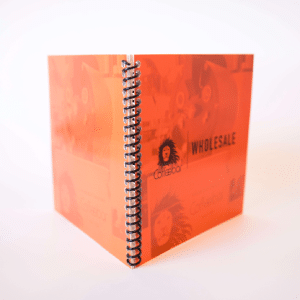
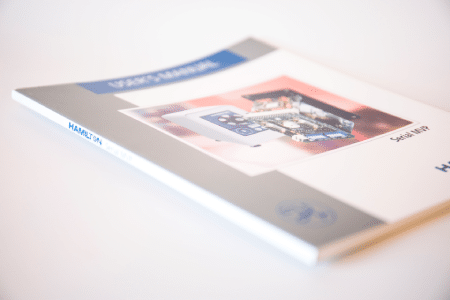
Perfect Binding
Perfect binding is one of the best ways to bind a book or catalog.
This process involves gluing the printed sheets and covers together at the spine with a strong yet flexible thermal glue. This binding offers a clean and professional finish, just like the classic look of a paperback novel.
When it comes to perfect bound vs spiral bound, perfect binding is the natural winner. It’s excellent for thick print material like reports, product catalogs, and magazines.
Saddle Stitching
Saddle stitching is most commonly used for thin brochures and magazines. It features pages laid together and then stapled through the fold line with wire staples. It’s a cost-effective and straightforward process, perfect for small booklets, newsletters, or pamphlets. However, it’s not suitable for thick print materials like books and magazines.

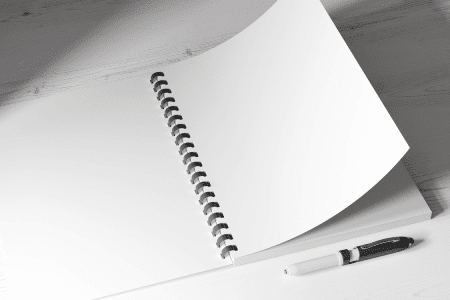
Comb Binding
Comb binding is one of the oldest binding methods around. It involves using a comb of plastic rings to hold together pages. The pages have rectangular holes punched along the edge. It’s a practical and flexible option – yet may lack the finishing appeal of perfect binding. Still, it’s a popular way to bind a book, notebook, or workbook because it’s both cost-effective and customizable.
How to Choose the Right Type of Binding
Choosing the right type of binding has a bigger impact than you might assume. The choice will impact your project requirements, durability, print material, and aesthetic appeal.
Here are the main factors to consider.
Durability and Longevity
Obviously, the purpose of binding is to hold everything together – but the choice needs to be made carefully. When choosing, consider these major factors:
- The weight of the paper
- Page count
- Cover material
- Document handling
- Exposure to elements like sunlight or moisture
For example, perfect binding is best suited for direct mail marketing materials like magazines and product catalogs. These materials are designed to survive heavy use. On the other hand, saddle stitch binding is good for pamphlets and brochures as they need less frequent handling.
Look and Feel
The binding style you choose creates a first impression with your printed material.
For example, you don’t need the same feel and look for seasonal marketing materials like pamphlets, brochures, and booklets. On the other hand, spiral binding is ideal for manuals and notebooks that need to lay flat. The bottom line is – it should complement the purpose of your material.
Cost Considerations
Budget is always the ultimate consideration, but it doesn’t always have to limit your document printing and binding options. It’s about finding a balance between affordability and quality. For example, saddle stitching can be a cost-effective solution for smaller booklets. On the other hand, perfect binding is better for high-end marketing materials like product catalogs or magazines.
Customization
Think of customizing your binding as an opportunity to amplify your brand presence. Local custom printing services offer different options for colors, materials, and styles. For example, you can custom-order plastic combs or spiral binding coils in a variety of colors.
Of course, customization will cost more money, but the marketing benefits of customized binding are undeniable.
Special Considerations for Different Projects
The binding method also depends on special considerations for your project. Here’s how:
- Books and Magazines: Soft cover binding for books and magazines typically require a sophisticated look and feel. These printed materials also need to last long. That means the perfect binding is the right choice for these materials.
- Reports and Presentations: These documents need to lay flat when opened as you might need to stay on one page for a long time. At the same time, reports and presentations need to look professional and designed for frequent handling. That’s why comb or spiral binding can be a suitable choice, depending on the document’s thickness and use.
- Marketing Materials: Marketing materials like brochures and pamphlets need to make lasting first impressions. Saddle stitch binding is generally a top choice for small and lightweight materials, while perfect binding can elevate the appeal of thicker and heavier materials like magazines.
Compatibility with Printing Methods:
As mentioned, document printing and binding are complementary processes. Not all binding methods are compatible with every printing technique. Paper thickness and finish are critical in deciding which binding method suits your project. Thick papers need strong binding methods like perfect or comb binding, while thin papers work well with saddle stitching or spiral binding.
At Digiprint Corporation, we encourage our customers to think about binding when the project is in the design stage.
If you’re not sure, it helps to speak with professionals to provide guidance on how to print and bind a book or any other material. Whether it’s case binding, hardcover binding, thermal binding, or anything else, they will help you understand the different types of book binding and ensure you make the right direction. You can always ask for samples to get a better idea.
Always Go with Professional Binding Services
Binding is as much an art as science. This job is best left to professionals to ensure it gets done right. Professional binding services are equipped with the knowledge, experience, and machines to set you up for success.
The benefits of choosing professional binding include:
- High-quality materials and techniques
- Different styles and colors
- Get the job done right the first time
- Cost-effective in the long run
- Consistent quality and look
- Room for customization
- Hassle-free process
Over to You
Choosing the right type of binding types is about matching the appeal, durability, and soul of your project.
Whether it’s spiral binding, perfect binding, or any other type of binding, it’s all about finding the perfect fit. When in doubt, it’s best to consult a professional. They can help you choose the binding that perfectly complements your print quality and brand voice.
Ready to bind your next project? Digiprint Corporation can help. Contact us today!

